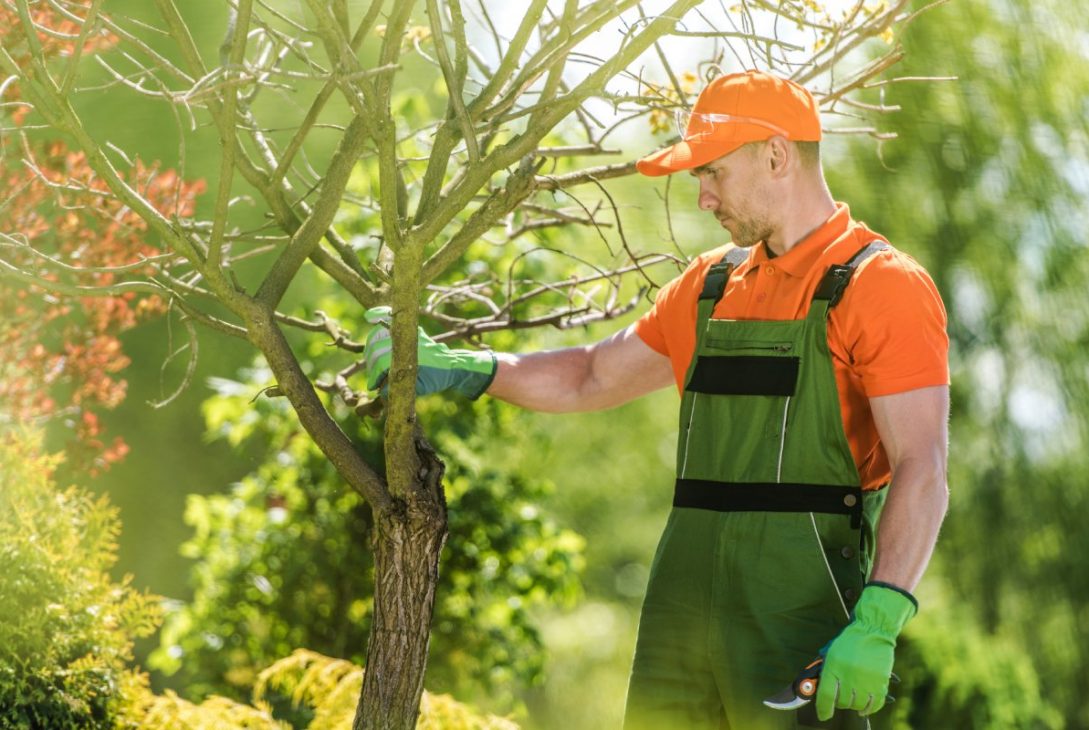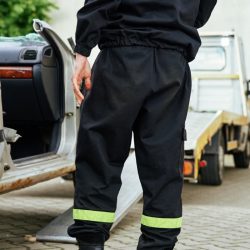Having a beautiful garden can be something to be truly proud of, not to mention how much it can really brighten your day if done right. Regularly pruning your trees is an essential part of garden maintenance, and key for both the appearance and health of your plants. However, if you prune at the wrong time or in the wrong way, it can cause damage to your plants.
If you are unsure how to approach this important but somewhat tricky task, here are a few top tips to get you started and on your way to a healthy and gorgeous garden in no time.
What are the methods of pruning?
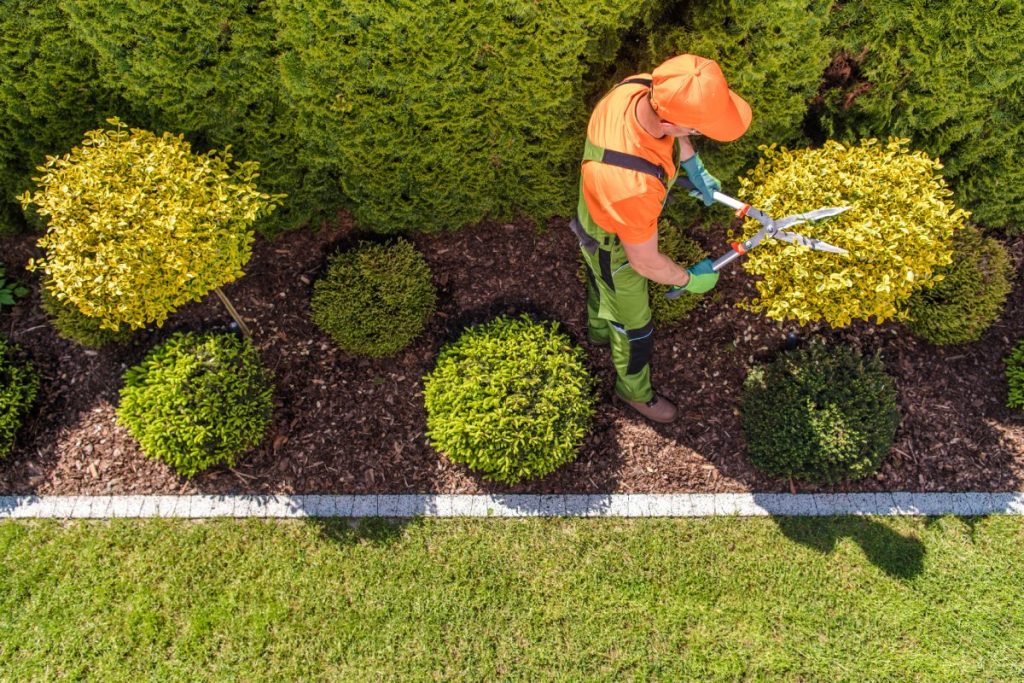
You can prune your plants for a number of reasons, and these are reflected in the methods you can use to achieve your intended results. The key types are to:
- Clean – when you are pruning to get rid of dead, dying or diseased parts of the plant.
If you are trying to clean up your plants, you are selectively cutting away any part that is dead or could infect the rest. If you leave dying or dead areas they can also become infested with insects that could then spread to the healthy parts, so it is pruning to save the remainder of the plant.
- Thin – when you are thinning out the denseness of the plant.
When you thin a tree, you remove some of the branches so that the canopy is less thick and more light can pass through. You may choose to do this as a personal preference, to make your garden less dark, but also for the health of the plant. If light cannot get through to the lower branches they may become sickly and die, so thinning is a necessity.
- Raise – to lift the height of the plant.
As it sounds, you may remove branches, and limbs and reshape the plant from beneath to increase the gap between the floor and the canopy. This can be to make it easier to pass through the space, for personal preference, or again to encourage new growth and help with the health of the plant.
- Reduce – to lessen the height of the plant.
You can pollard your trees, cutting them all the way back to the crown to encourage dense branch growth for several reasons including aesthetics. Many people enjoy the way it looks after the leaves have grown back. You can also reduce the height for safety, to avoid power lines and so on.
All of these methods aim to improve the health and/or look of your plants, and as long as they are done right can have a hugely positive impact on your garden. If you aren’t sure about how to proceed or don’t have the time to devote to making your own Eden, using an experienced and professional company like A B Trees is the best way to make sure your pruning is helping and not hurting your garden.
What is the 1/3 rule for pruning?
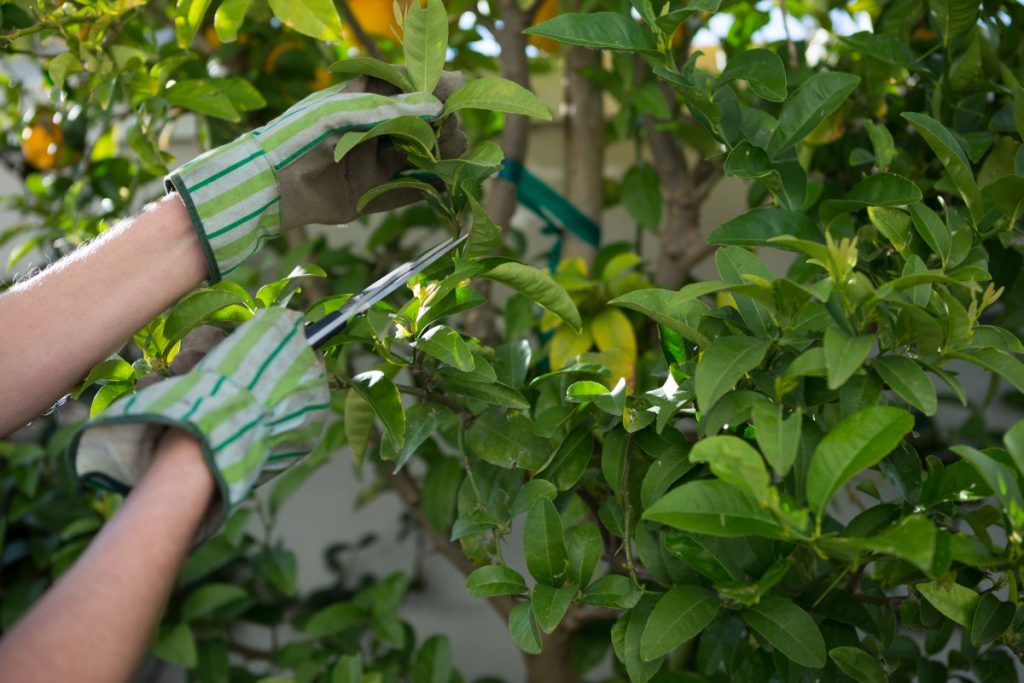
When you are pruning, it is important to balance getting the job done, whatever your goal, and ensuring that the plant has enough nutrients and foliage to promote new growth in the future. One way that gardeners are recommended to do this is through the 1/3 rule.
You should only prune plants that are fully established, giving new shrubs and trees time to settle in and grow before you attempt to trim them. Once they are ready, and usually in the winter or very early spring during the dormant season for most plants, you can begin to prune.
The 1/3 rule refers, as it sounds, to the practice of only removing 1/3 of the branches and foliage at a time. If you remove too much, the remaining plant may struggle to produce new leaves and flourish without the right nutrition. If you take off too little, depending on your method, you may have leaves that cannot get enough sunlight and start to die off risking the rest of the plant.
The 1/3 rule balances these two outcomes so that you are helping and not harming your garden. While there will be cases such as when you are cleaning a plant of dead or dying parts that you have to take whatever is necessary, this rule is a good guiding post for the average gardener.
What are the 3 D’s of pruning?
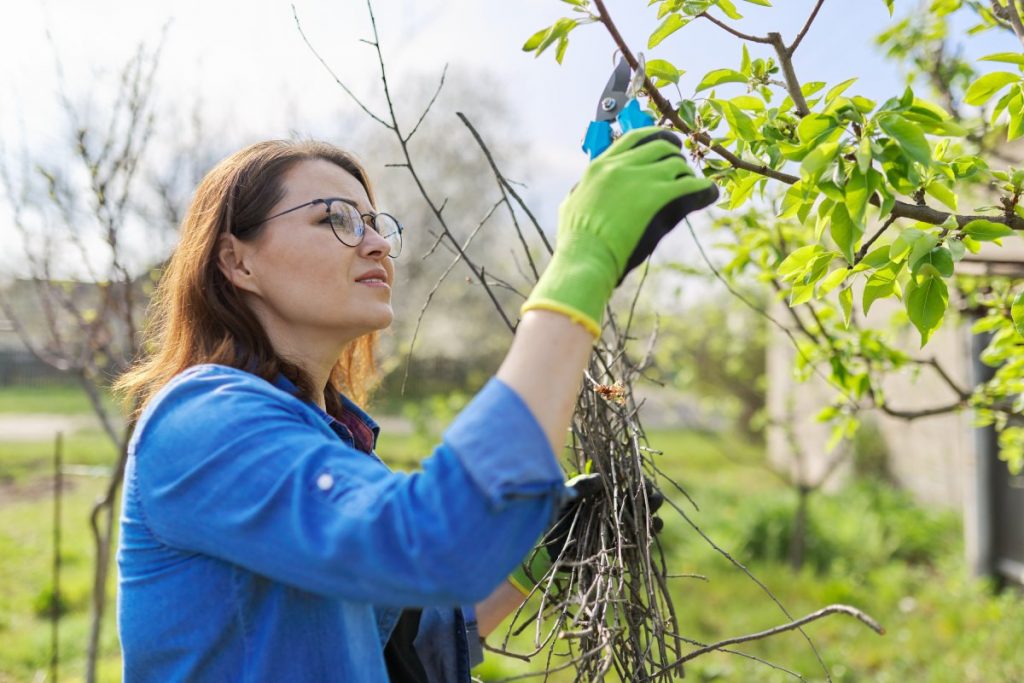
When you are approaching pruning your garden, the majority of the reasons for doing so including safety and aesthetics should only be carried out at the right times of the year. For most plants, this means the winter months when they are free of leaves, or generally more dormant than during the warmer months.
The big exception to this rule is the 3 D’s – diseased, dying and dead. If your plant is exhibiting branches, leaves or any other part that is afflicted by one or more of these D’s, then you can and should prune it then and there no matter the time of year.
Pruning puts a lot of stress on a plant, and if it is done at the wrong time, when the plant is creating and using energy for growth, cutting into it can cause irreparable harm to the next year’s buds and therefore the plant’s health in the coming seasons.
The only reason to risk this at the wrong time is if leaving it until the dormant period could also risk the plant itself. If you see a plant with any sign of the 3 D’s it should, pardon the pun, be nipped in the bud. If you stick to these rules of thumb you should be well on your way to a healthy and correctly pruned garden.
Final thoughts
There are many methods for pruning your trees depending on the outcome you are looking for, aesthetically, for health, safety and more. Most of these should only be carried out during the right season when it is colder and the plants are expending the least amount of energy.
When you are pruning, try and remember the 1/3 rule and the 3 D’s to help you on your way, and remember that if you need advice or a helping hand, an expert tree pruning company can keep your garden looking and feeling great all year round.
